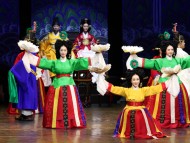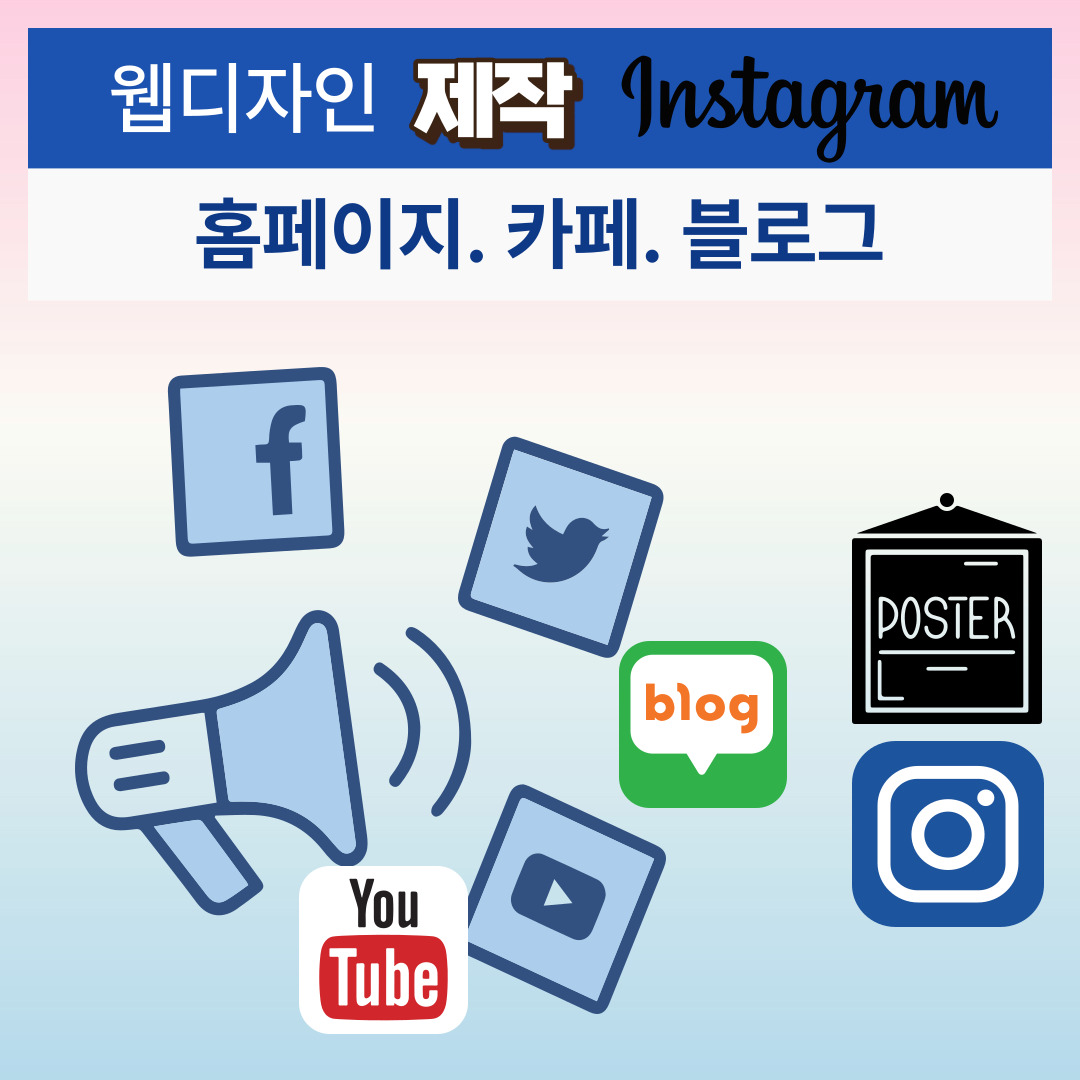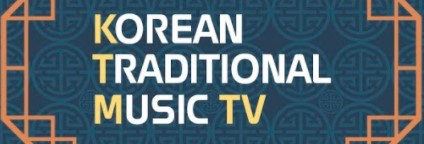2024.05.15 (수)
The National Palace Museum of Korea Presents “Set of White Porcelain Placenta Jars and Tablet for King Sukjong” as the Curator’s Choice for September
- Vessels that Contained the Placenta and Umbilical Cord of a Royal Baby of the Joseon Dynasty to Be Showcased in the Gallery and on YouTube / Starting September 1.-
- Michael Lambra
- 등록 2021.09.01 16:54
- 조회수 357

The National Palace Museum of Korea (Director: Kim In Kyu), an affiliate of the Cultural Heritage Administration of Korea, has selected the "Set of White Porcelain Placenta Jars and Tablet for King Sukjong” as its "Curator’s Choice from the Royal Treasures” for the month of September. In addition to being displayed in the Royal Rituals of the Joseon Dynasty permanent gallery on floor B1 of the museum, the set will be presented virtually in a YouTube broadcast starting September 1.
* National Palace Museum of Korea YouTube: https://www.youtube.com/gogungmuseum
** Cultural Heritage Administration YouTube: https://www.youtube.com/chluvu
The Joseon royal court established standard protocols for preserving the placenta and umbilical cord of each newly-born royal baby. It was believed that the placenta and umbilical cord (collectively known as "tae” in Korean) contributed to the growth and development of a new life and would influence the fate of the baby. The tae of future heirs to the throne was therefore carefully placed inside a set of jars and buried in an auspicious site. These jars produced for Joseon royal babies embody wishes for the newborn to lead a peaceful and successful life.
The placenta jars of King Sukjong include an inner and outer jar. Lugs are attached at four points on the shoulders of both jars, and the knobs are pierced with holes to allow a string to be bound in a crossing manner and secure the lid to the body. A tablet documenting the date of the birth of King Sukjong was entombed along with the placenta jars.
***Inscription on the tablet: Placenta and umbilical cord of a first son born during myosi (5?7 am) on the fifteenth day of the eighth lunar month in 1661
The museum may currently be accessed only in accordance with the requirements in place to reduce the potential for the spread of COVID-19. Those who are unable to visit the gallery in person can still enjoy this month’s Curator’s Choice virtually through a video with Korean and English subtitles available on the museum’s website (gogung.go.kr). Our visitors canalso see on the YouTube channels ofthe museum and of the Cultural Heritage Administration of Korea.
- [] 제8회 한국예술무형유산 전국경연대회(06/22)
- [] 제17회 대한민국 서봉판소리·민요대제전 (06/02)
- [] 제6회 울진금강송 전국국악경연대회(06/08)
- [] 제29회 대통령상 한밭국악전국대회(07/06-07) (무용/기악/성악)
- [] 제8회 목담 최승희 전국국악경연대회(06/01) (판소리,기악)
- [] [서울]제28회 전국판소리경연대회(06/15-16)
- [] 제32회 대전전국국악경연대회(06/01-02)
- [] 제16회 순천 낙안읍성 전국가야금병창경연대회(05/25-26)
- [] 제18회증평국악경연대회(05/11)
- [] [군산]제32회 전국청소년민속예술경연대회(05/18)
- [] 제42회 전주대사습놀이 학생전국대회(5/18∼6/2)
- [] 제50회 전주대사습놀이 전국대회(5/18~6/3)
- [] 제20회 전국대금경연대회(06/08-09)
- [] 제4회 함양 전국국악경연대회(05/12)
- [] 제18회 대한민국 전통예술무용·연희대제전(06/09)<br>무용(전통무용…
- [] 제48회 부산동래 전국전통예술경연대회(06/15-16)(무용.기악)
- [] [광주]제21회 대한민국 가야금병창대제전(06/16)
- 제11회 곡성 통일전국종합예술대전(06/15-16)(판소리.무용, 기악,…
- [] 제24회 인천국악대제전 전국국악경연대회(05/25-26)
- [] 제26회 창원야철전국국악대전(07/06- 07)
- [] 2024 무안장애인 승달국악대제전(06/01-02)
- [] 제22회 무안전국승달국악대제전(06/01-02)
- [] 제10회 전국공주아리랑민요경창대회(05/26)
- [] 제17회 상주전국국악경연대회(05/19)(성악/무용·연희/기악)
- [] 제10회 전국밀양아리랑경창대회(05/26)
- [] 제21회 강남전국국악경연대회(05/22)(무용/타악/판소리/민요)
- [] 제29회 안산전국청소년국악경연대회(05/26)
- [] 제26회(통합58회) 여수진남전국국악경연대회(05/18-19)
- [] 제23회 대한민국 빛고을 기악대제전(05/25-26)
-

[화요연재] 무세중과 전위예술(12) <BR> 극단 민족 제2회 공연 '목소리' (1…
극단 민족 제2회 공연 목소리 포스터 (사진=대동극회) 민족운동의 일환 극단 '민족은 발기취지문에서 밝힌 바와 같이 민족극...
-

[국악신문 소장자료] (43) 조선민요합창곡집 제1집
1931년에 발행한 ‘朝鮮民謠合唱曲集 第一集 ((주)국악신문 소장본) 이화여자전문학교 음악학과가 1931년에 발행한 ‘朝鮮民謠合...
-

[월요연재] 이윤선의 남도문화 기행(145)<br>한국 최초 '도깨비 학회', 아·태…
아시아태평양 도깨비 몇 마리 도깨비학회 슬로건 '이론과 실천'| 실천 앞세우지 않는 이론은 한여름 밤의 꿈일 뿐이요 이론 전제하지 않는 실천은 망나니의 칼춤일 뿐이다 어둠 ...
-

[화요연재] 무세중과 전위예술(11) <BR>민족 극단, 출발(出發)과 시안(試案)
劇団 民族 代表 金世中, 1971년 연극을 조금씩 알면서부터 내가 내한 연극에 대한 나의 입장을 밝히는 것 이 큰 문제거리었다....
-

[Pick리뷰] 앙상블 시나위가 그려내는 ‘고요의 바다’
[국악신문 정수현 전문기자]=봄 향기가 가득한 5월의 첫날, 전통음악을 바탕으로 우리 정서를 찾아 나서는 앙상블 시나위의 콘서트 ‘고요의 바다’가 세종문화회관 M씨어터에서 펼쳐졌다...
-

[기자의 객석] 원장현과 이태백 긴산조 협주곡, “보셨습니까?”
국립국악원 창작악단 기획공연 '긴산조 협주곡' 무대에 오른 원장현 명인의 모습. (사진=국립국악원 창작악단) 2023.05.03. ...
-

[PICK인터뷰] 원장현 명인, “산조는 우리 삶의 소리”
[국악신문 정수현 전문기자]=국립국악원 창작악단은 오는 5월 9일과 10일 국립국악원 예악당에서 이태백류 아쟁산조와 원장현류 대금산조 전바탕 '긴산조 협주곡'을 초연한다. 아쟁과 ...
-

[Pick리뷰] 경성 모던걸들의 춤판 '모던정동'…"자유 갈망하는 모습 담아"
30일 서울 중구 국립정동극장에서 열린 국립정동극장예술단 정기공연 '모던정동' 프레스콜에서 출연진이 주요 장면을 시연하고 있다. 2024.4.30 ...
-

세실풍류, 박병천의 '구음시나위'에 허튼춤 선사한 안덕기
국립정동극장이 4월 한달간 진행하는 '세실풍류 : 법고창신, 근현대춤 100년의 여정'에서 23일 박병천의 '구음시나위'에 허튼춤 추는 안덕기 (사진=국립정...
-

세실풍류, 동해별신굿 민속춤사위를 제해석한 조재혁의 '현~'
국립정동극장이 4월 한달간 진행하는 '세실풍류 : 법고창신, 근현대춤 100년의 여정' 에서 조재혁의 '현~' 공연 모습. (사진=국립정동극장). 2024....
-

[Pick리뷰] 이호연의 경기소리 숨, ‘절창 정선아리랑!’
# ‘이호연의 경기소리 숨’ 공연이 지난 4월 26일 삼성동 민속극장 ‘풍류’에서 열렸다. 20대에서 60대까지의 제자들 20명과 5명의 반주자와 함께 경기잡가, 경기민요, 강원도...
-

[PICK인터뷰] 미리 만나 보는 '제94회 남원춘향대전'
[국악신문 정수현 전문기자]=대한민국에서 가장 오래된 축제로 손꼽히는 남원춘향대전(남원춘향제)이 오는 5월 10일(금)부터 5월 16일(목)까지 7일간 남원시 광한루원 일대에서 열...
-

[Pick리뷰] 모던연희극 ‘新칠우쟁론기’
4월 18일부터 20일, 남산국악당에서 아트플랫폼 동화의 모던연희극 ‘新칠우쟁론기’가 펼쳐졌다. [국악신문 정수현 전문기자]=지...
-

[PICK인터뷰] 국립국악관현악단의 채치성 예술감독을 만나다
[국악신문 정수현 전문기자]=봄비가 촉촉이 땅을 적시는 4월, 국립국악관현악단 예술감독으로 취임한 지 6개월이 된 채치성 예술감독님을 만났다. 그는 국악방송 사장, KBS 국악관현...





























